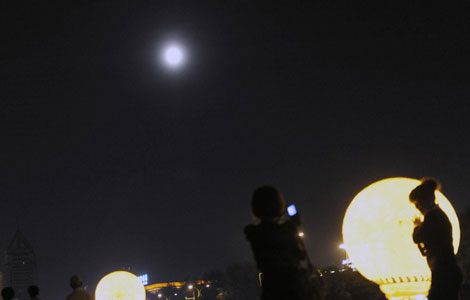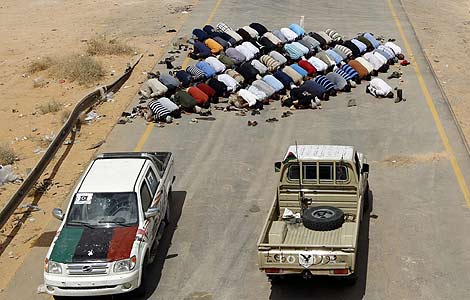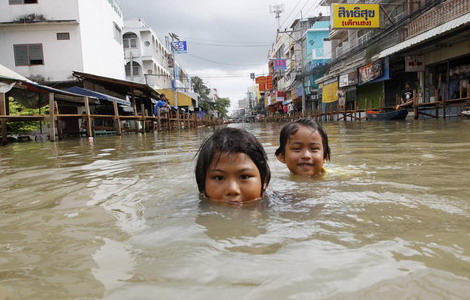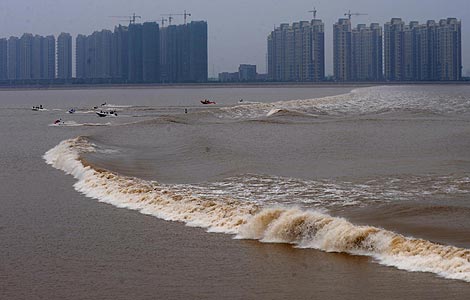China to preserve toppled Tibetan monastery
Updated: 2011-09-13 06:18
(Xinhua)
|
|||||||||||
YUSHU, Qinghai -?China plans to preserve a badly damaged Buddhist monastery in a remote northwest Tibetan region as a memorial to the devastating earthquake that killed nearly 2,700 people more than a year ago.
The government has approved the preservation of the ruins of the 750-year-old Trangu monastery and work is to begin any time soon, officials of Yushu Tibet Autonomous Prefecture of Qinghai Province, said Monday.
The monastery, nestled among mountains near the town of Gyegu, was reduced to barely more than a mound of rubble. The main hall and the scripture hall held the ground but were hardly recognizable with crumpled walls and fallen roofs.
Twenty-three monks of Trangu monastery died in the quake that also leveled most buildings in Gyegu on April 14, 2010. Thousands of Buddha sculptures and scrolls of scriptures were buried under the rubble.
Trangu is one of the three most important monasteries in Yushu, a predominantly Tibetan region with 350,000 residents, most of whom are Tibetan Buddhism followers.
"The monastery was an invaluable relic, with a rich cultural value that is hard to replicate," said Dong Zhiqiang, deputy head of the provincial cultural heritage bureau.
"To preserve it, we are able to save the precious cultural resources to future generations," Dong said.
Trangu's lama Lodroe Nyima Rinpoche said the government pledged an initial investment of 4 million yuan (640,000 U.S. dollars) for the preservation while the monastery will work to raise more funds to build the ruins site into a comprehensive memorial park.
The lama said construction of a new monastery is in full swing that monks are expected to move into the new site before Yushu's frigid winter comes.
The Chinese government said it would spend 990 million yuan to restore the 87 monasteries damaged in the quake. About 63 percent of the restoration has been completed, officials said.
Li Chenggang, the chief engineer for the preservation of the ruins of Trangu, described the project the "most challenging" in his 50-year career in civil engineering.
He said that it was difficult enough to consolidate a fragile structure that was made of a mixture of cement, mound, and straw. And the crews were asked not to alter the exterior of the monastery.
Construction on a mountainous region with average elevation of 3,700 meters above sea level added extra challenge to the work, Li added.
Songog Chophe, a monk of Trangu monastery, said he returned to the ruins site whenever he had time. Occasionally, he would weep silently just staring at the rubble.
"We used to do daily prayer services there. When the preservation is completed, I would love to go back there to have a look," he said, pointing to the crumpled main hall where doves rest in nestles under the tilted eave.
Hot Topics
Fifth Apple store in China to open in Shanghai
Editor's Picks

|

|

|

|

|

|







